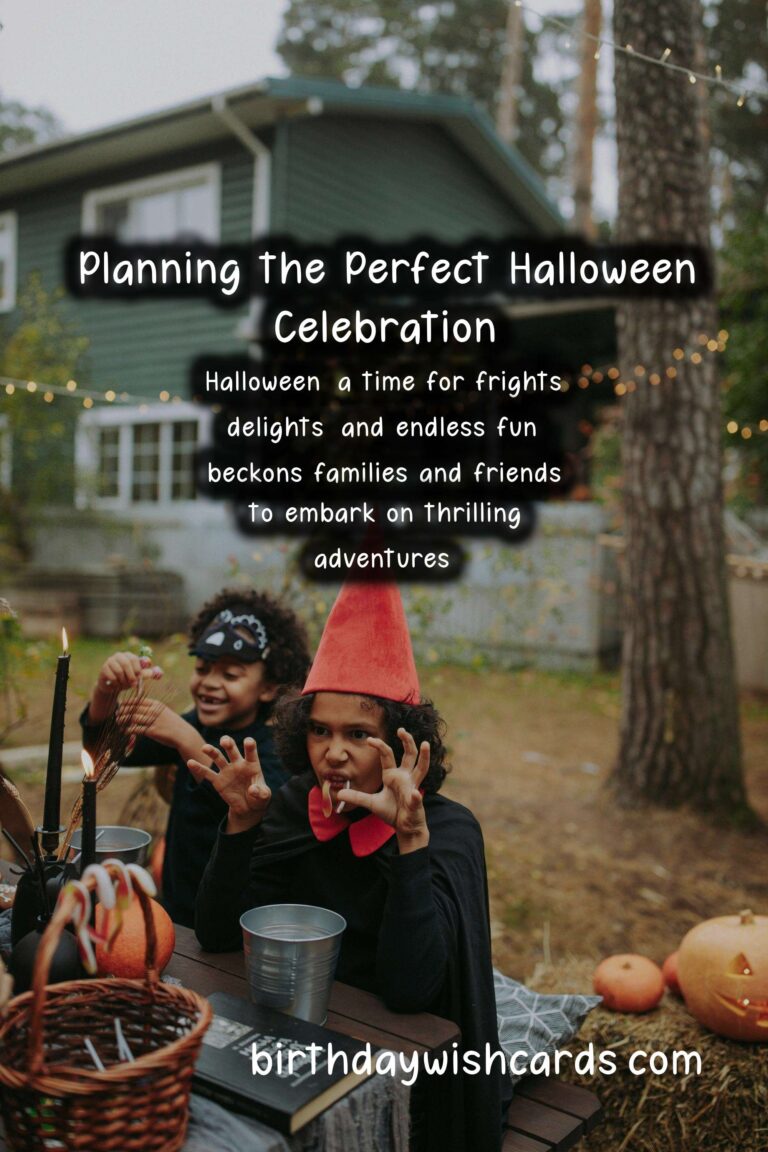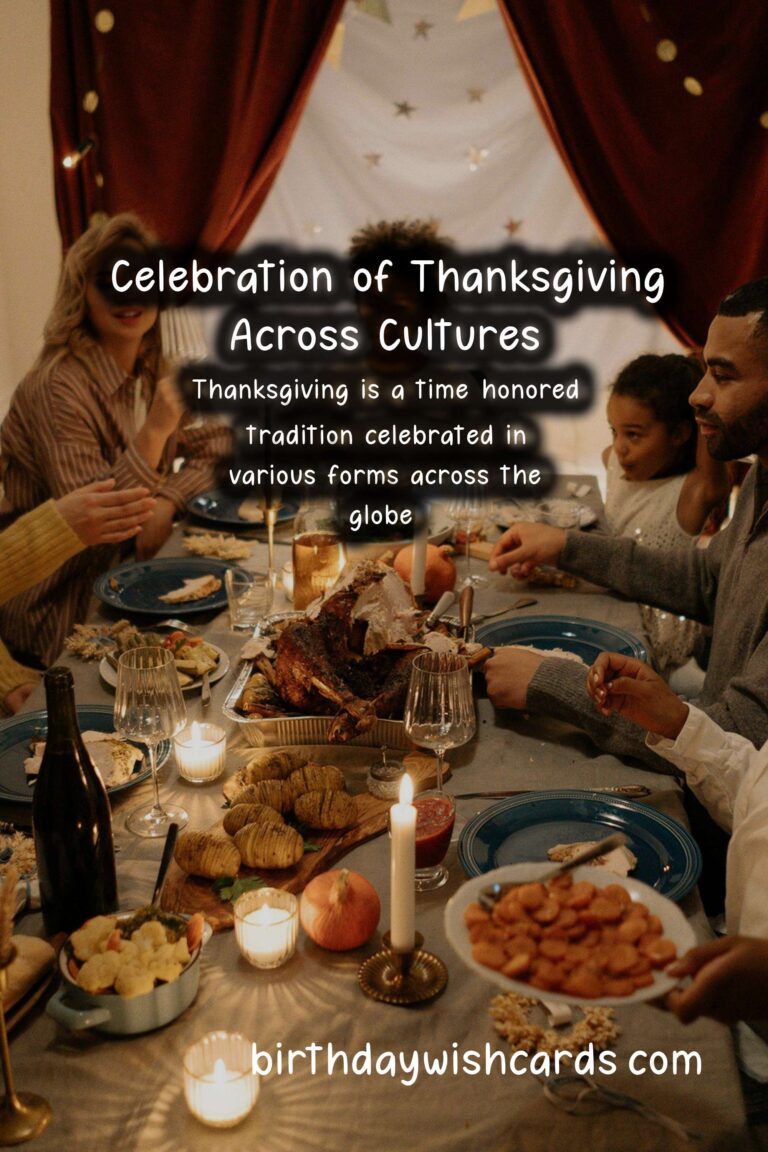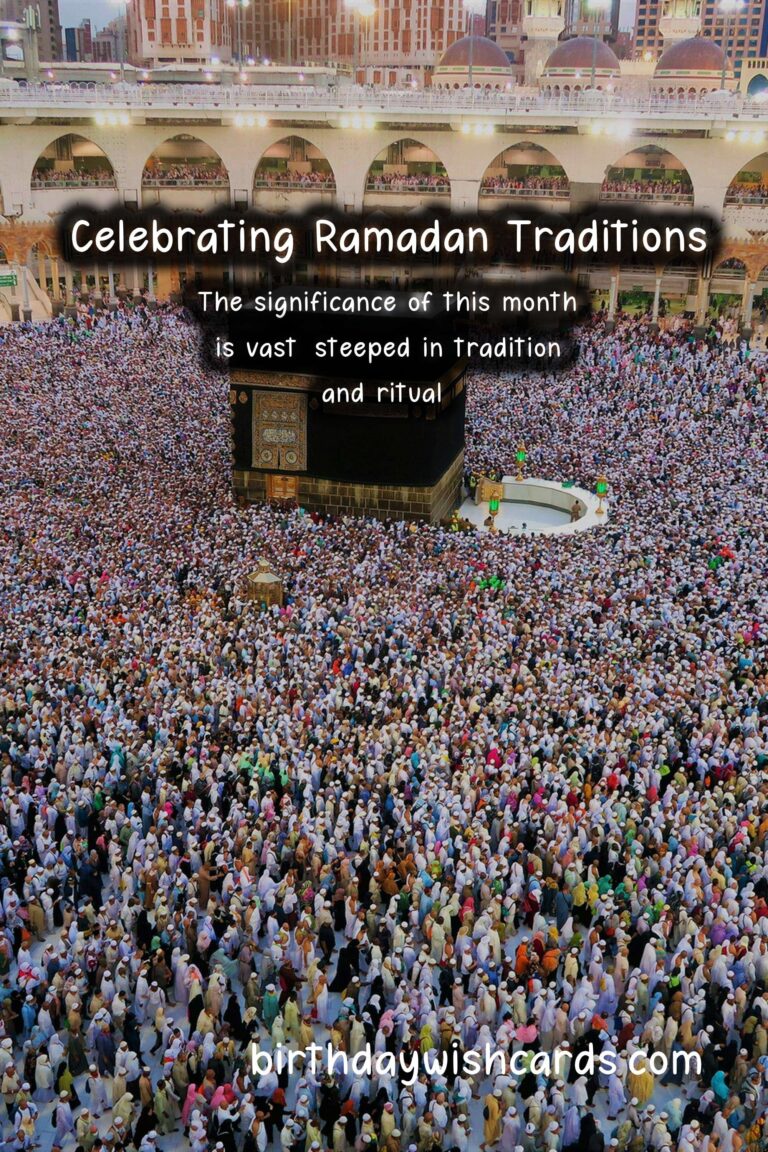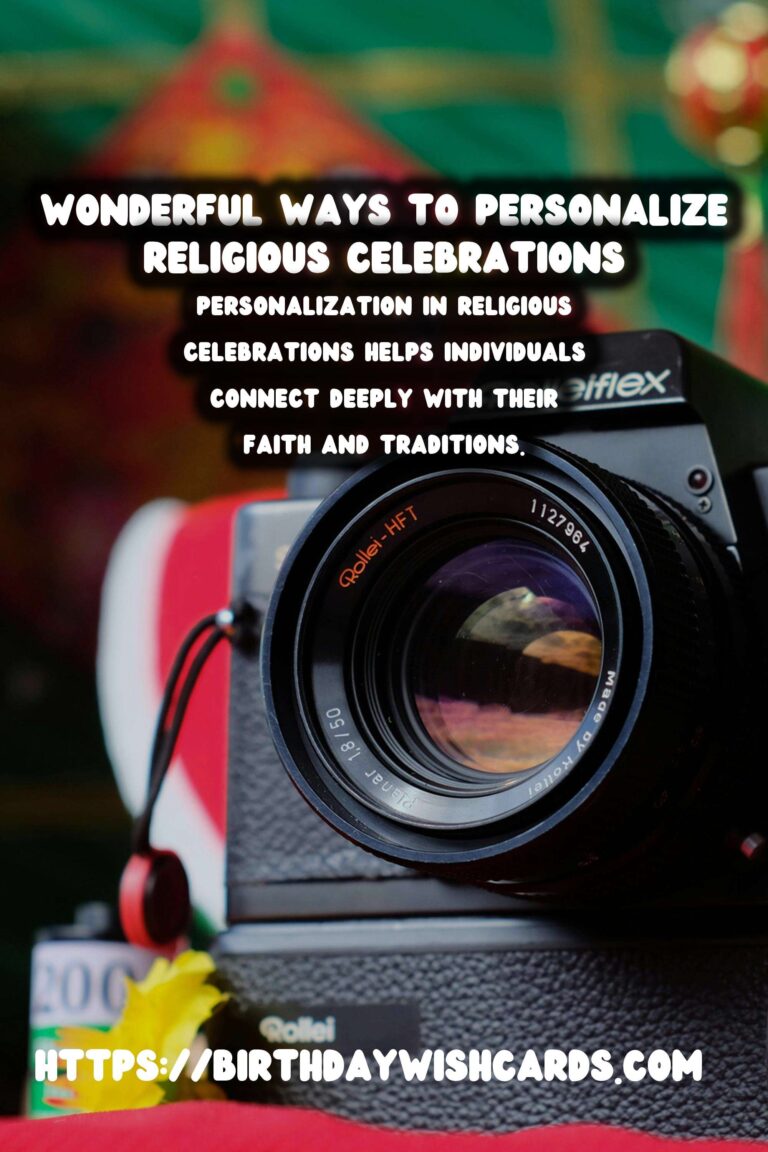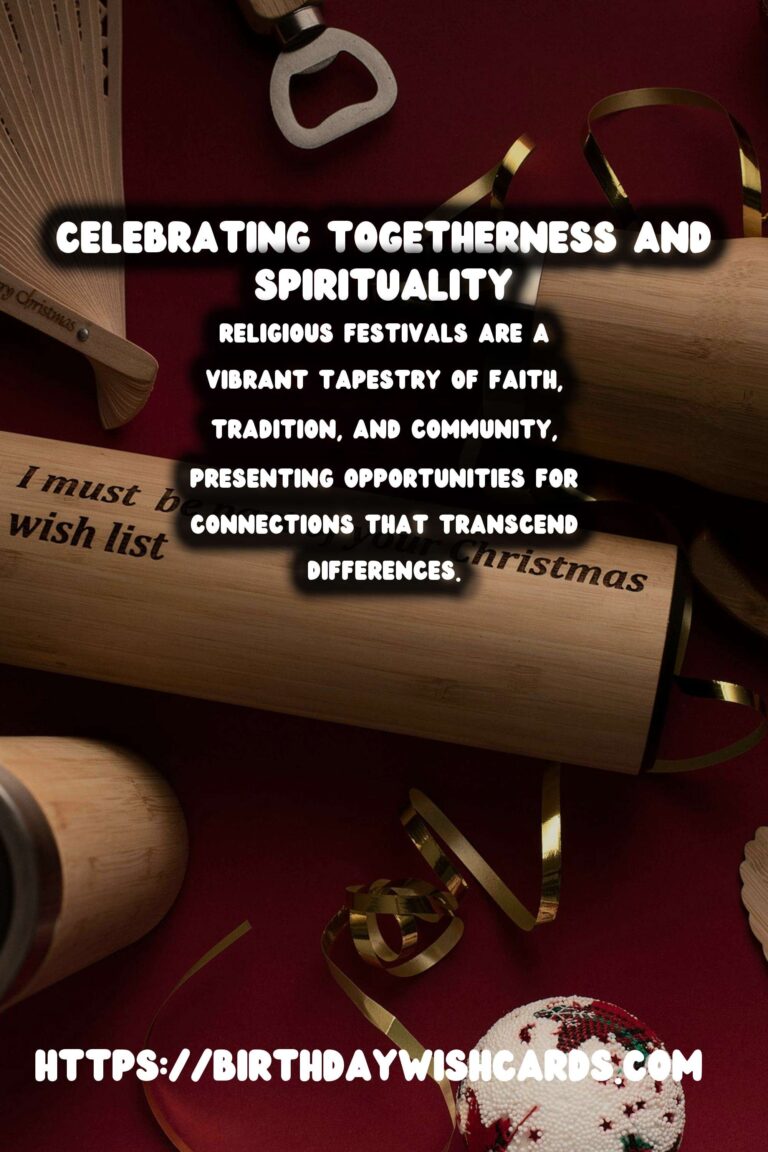Elegant Ways to Organize Festival Traditions Around the World
Elegant Ways to Organize Festival Traditions Around the World
Festivals are a celebration of culture, heritage, and community. Across the globe, each country has its unique traditions that reflect its history and values. In this article, we’ll explore elegant ways to organize and celebrate these festival traditions, enhancing not only the experience for participants but also preserving their significance for future generations.
Understanding Festival Traditions
Festival traditions are deeply rooted in the cultural fabric of societies. They serve various purposes—from honoring religious deities to celebrating the harvest season. Understanding the cultural context behind these festivals is crucial for organizing them effectively.
Researching Cultural Significance
Before organizing a festival, take the time to research its cultural significance. This will help you appreciate its traditions and ensure respectful representation. For instance, understanding the meaning of Diwali in India or the significance of the Day of the Dead in Mexico allows organizers to create authentic experiences.
Creating an Elegant Atmosphere
Elegance in festival organization lies in the details. Creating an atmospheric environment can significantly enhance participants’ experiences. Here are some elegant ways to achieve this:
1. Themed Decor
Select a theme that reflects the festival’s essence. Use colors, symbols, and motifs that are significant to the festival. For example, during the Chinese New Year, red lanterns and gold decorations symbolize luck and prosperity.
2. Tasteful Lighting
Lighting can dramatically affect the ambiance. Consider using soft, warm lights that evoke comfort, or colorful lights that evoke excitement depending on the festival atmosphere you aim to create. Festival lights can also incorporate traditional designs, adding a local flavor.
3. Traditional Attire
Encourage participants to wear traditional attire that reflects the festival culture. This not only adds to the event’s elegance but also promotes cultural appreciation. A local fashion show showcasing traditional clothing can be a highlight of the festival.
Incorporating Arts and Crafts
Arts and crafts play a vital role in many festivals. They provide an avenue for creativity and community engagement. Here are some ways to incorporate them:
1. Craft Workshops
Host workshops where participants can learn traditional crafts related to the festival. For instance, during the Holi festival in India, individuals can create colored powders or organic dyes from natural ingredients.
2. Art Exhibitions
Display local artwork that reflects the theme of the festival. This not only showcases local artists but also gives attendees a chance to appreciate the diverse expressions of culture through art.
Engaging Culinary Experiences
Food holds a special place in festival celebrations. An elegant culinary experience can elevate the enjoyment of any festival.
1. Traditional Cuisine
Invite local chefs to prepare traditional dishes that are characteristic of the festival. This not only supports local businesses but also enriches visitors’ understanding of the festival’s cultural context through food.
2. Cooking Demonstrations
Offer cooking demonstrations where chefs share traditional recipes. Attendees can learn how to prepare these dishes themselves, ensuring the festival’s culinary traditions are passed down through generations.
Music and Dance Celebrations
Music and dance are integral parts of many festivals around the world. They bring vibrancy and energy to celebrations.
1. Live Performances
Incorporate live music performances that showcase traditional genres related to the festival. For example, during Brazilian Carnival, samba bands can create an electrifying atmosphere.
2. Dance Workshops
Offer dance workshops where attendees can learn traditional dances. Engaging in these activities allows participants to immerse themselves in the culture and enjoy a bit of physical activity.
Preservation of Cultural Heritage
As we celebrate, it is vital to think about preserving the cultural heritage associated with festivals.
1. Storytelling Sessions
Invite local storytellers to share tales and legends associated with the festival. This enhances cultural heritage conservation and creates an engaging experience for attendees.
2. Educational Programs
Incorporate educational sessions that explain the history and significance of various festival traditions, ensuring that knowledge is passed on to future generations.
Community Engagement
Festival organization should be a community effort. Engaging locals fosters a sense of ownership and pride.
1. Volunteer Programs
Encourage community members to be part of the festival by volunteering. This involvement helps create a sense of belonging and encourages the sharing of their knowledge and skills.
2. Collaborative Planning
Set up committees with diverse community representatives to help plan the festival. This ensures the event caters to various cultural groups, making it more inclusive.
Conclusion
Organizing festival traditions elegantly requires an understanding of cultural significance, creativity in planning, and community involvement. By implementing these strategies, we can celebrate our diverse cultures while ensuring that these meaningful traditions are preserved for generations to come.
Festivals are a celebration of culture, heritage, and community.
Each country has its unique traditions that reflect its history and values.
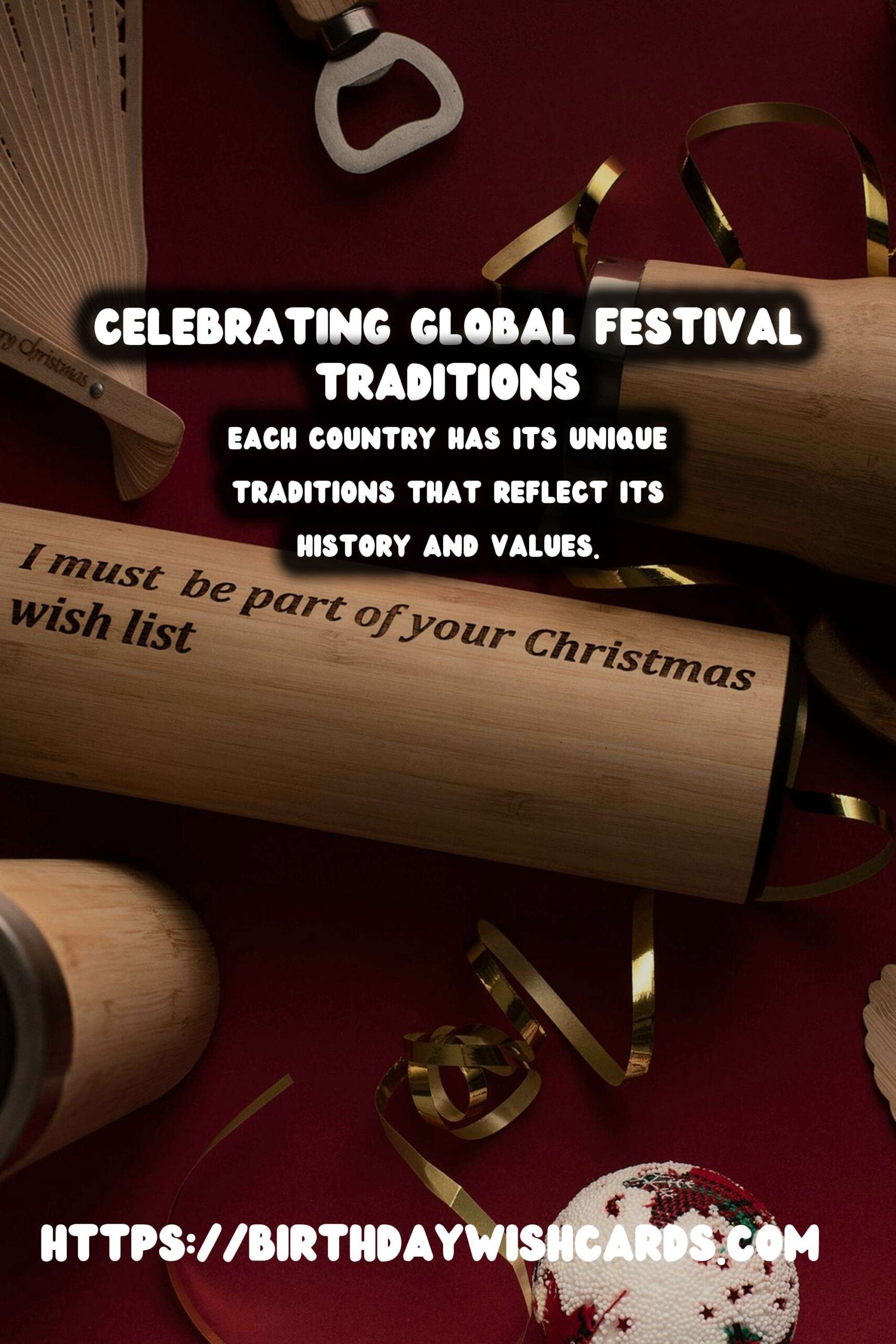


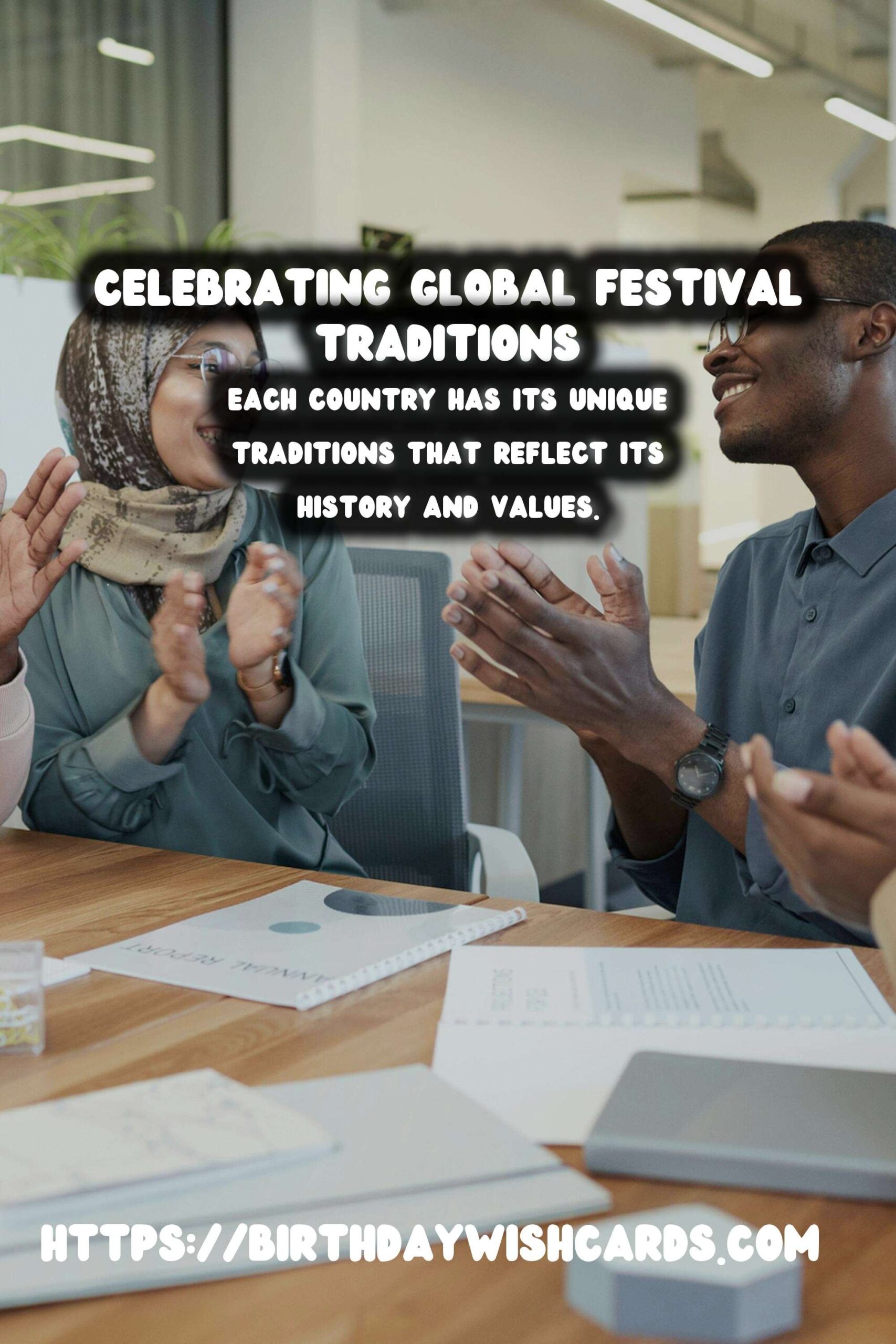






#FestivalTraditions #CulturalCelebration

